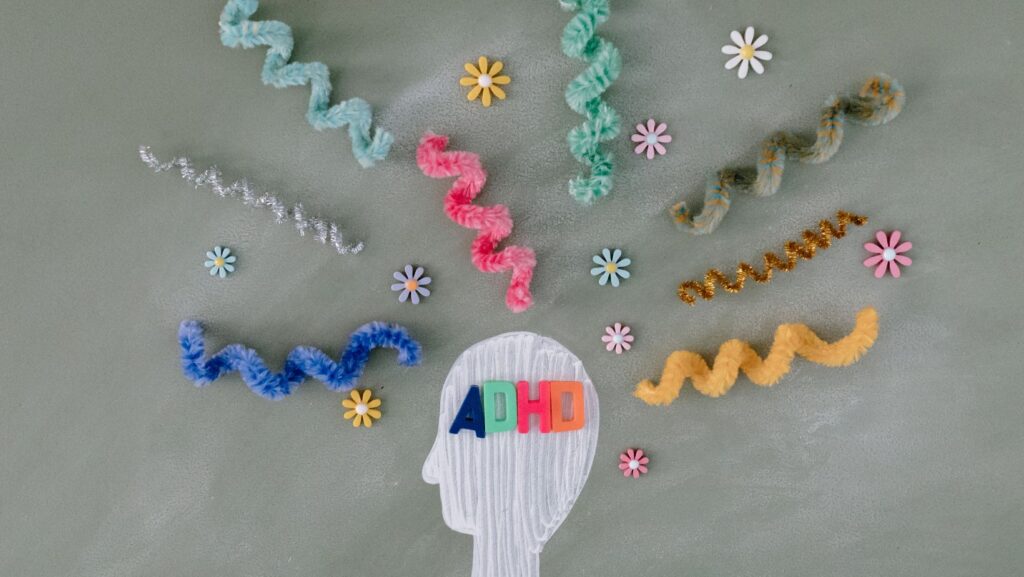Reading can be a challenging task for individuals with Attention Deficit Hyperactivity Disorder (ADHD). Many struggle to maintain focus, comprehend text, and retain information. Practical reading exercises tailored for ADHD can significantly improve focus and saving skills.
These exercises are designed to engage the ADHD brain, making reading more manageable and enjoyable. They incorporate techniques that address common ADHD-related reading difficulties, such as distractibility and difficulty processing information. By consistently practicing these exercises, individuals with ADHD can develop stronger reading habits and enhance their overall literacy skills.
Understanding the unique challenges of ADHD and reading is crucial for developing effective strategies. The right approach can help people with ADHD overcome reading obstacles and unlock their full potential for learning and enjoyment. This content is for educational use only and should not replace professional medical guidance. For personalized health advice, consult your healthcare provider.
Key Takeaways
- Tailored reading exercises can improve focus and comprehension for individuals with ADHD
- Consistent practice of these exercises develops stronger reading habits and literacy skills
- Understanding ADHD-specific reading challenges is essential for creating effective strategies
Understanding ADHD and Reading Challenges
Attention Deficit Hyperactivity Disorder (ADHD) can significantly impact reading abilities. Both children and adults with ADHD often face unique obstacles when it comes to reading tasks.
Symptoms and Effects on Reading
ADHD symptoms like inattention, hyperactivity, and impulsivity can make reading challenging. These symptoms may cause individuals to lose focus quickly, struggle to sit still, or skip words and sentences.
Many people with ADHD find it difficult to concentrate on text for extended periods. They might easily become distracted by external stimuli or their own thoughts.

Impulsivity can lead to rushed reading, causing important details to be missed. This can result in misunderstandings or incomplete comprehension of the material.
Reading Comprehension and Cognitive Impacts
ADHD can affect cognitive processes crucial for reading comprehension. Executive function, which includes working memory and cognitive flexibility, may be impaired.
Working memory difficulties can make it hard to retain information while reading, leading to poor comprehension. This is especially problematic for longer texts or complex material.
Some individuals with ADHD may also have co-occurring learning disabilities like dyslexia, which can further complicate reading tasks. Dyslexia affects decoding skills, making it challenging to recognize words and process text efficiently.
Reading comprehension issues can stem from difficulty in organizing thoughts, identifying main ideas, and connecting different parts of the text. This can result in a fragmented understanding of the material.
Strategies for Improved Reading
People with ADHD can enhance their reading abilities through targeted techniques. These strategies focus on active engagement, structured reading sessions, and supplementary tools to boost comprehension and focus.
Active Engagement and Reading Techniques
Summarizing each paragraph in one word or phrase helps reinforce understanding. This technique encourages active processing of information. Reading aloud engages multiple senses, improving focus and retention. Audiobooks paired with physical text provide a multisensory experience.
Highlighting key points and jotting down notes in the margins promotes engagement. These actions help maintain attention and create visual cues for later review.
Interactive reading methods, such as asking questions about the text or predicting what comes next, boost comprehension. These techniques transform reading from passive to active.
Structuring Reading Sessions
Breaking reading into manageable chunks using the Pomodoro Technique can be effective. This involves 25-minute focused reading sessions followed by 5-minute breaks.
Creating a distraction-free environment is crucial. Noise-cancelling headphones or a quiet room can help eliminate external stimuli.
Setting specific reading goals for each session provides clear objectives. This approach helps maintain motivation and track progress.
Incorporating movement breaks between reading periods can refresh focus. Short stretches or brief walks can re-energize the mind.
Supplementary Activities and Tools
Visual aids like mind maps or diagrams can help organize information from the text. These tools support visual learners and aid in connecting concepts.
Memory games related to the reading material can reinforce key points. Simple quizzes or flashcards can make review more engaging.
Using reading guides or rulers to follow text line by line can reduce distractions and improve reading speed.
Exploring text-to-speech software offers an alternative for processing written information. This tool can be particularly helpful during periods of low focus.
Practical Strategies to Enhance Focus for ADHD Readers
Developing focus while reading can be particularly challenging for individuals with ADHD. The tendency to get easily distracted or overwhelmed by large amounts of text can make reading a frustrating experience. However, with the right strategies and exercises, people with ADHD can improve their concentration and reading skills over time. Below are five practical reading exercises designed to help those with ADHD strengthen their focus and engage more effectively with written material.

- Chunk Reading with Breaks: Break the text into smaller, manageable sections (e.g., paragraphs or short chapters). Set a timer for 10-15 minutes of focused reading, followed by a brief 2-3 minute break. Gradually increase the reading time as focus improves.
- Highlight Key Points: While reading, use highlighters or colored pens to mark important concepts, keywords, or main ideas. This exercise helps ADHD readers stay actively engaged and improves comprehension by identifying focus-worthy content.
- Mind Mapping After Reading: After completing a section of reading, create a mind map or outline of the material. This visual representation reinforces focus during reading and aids retention by organizing information in a structured manner.
- Read Aloud and Summarize: Encourage readers to read a paragraph aloud and then verbally summarize it in their own words. This engages multiple senses and helps ADHD individuals maintain focus by transforming passive reading into an interactive exercise.
- Use a Visual Reading Guide: Employ a ruler or index card to guide the reader’s eyes line by line. This simple technique reduces distractions by limiting the reader’s visual field and helps maintain focus on one line at a time.
Conclusion
Reading exercises can be powerful tools for individuals with ADHD to enhance their focus and comprehension. By implementing strategies like timed reading sessions, active note-taking, and sensory engagement, people with ADHD can overcome challenges and develop stronger reading skills.
Consistent practice of these exercises can lead to improved concentration, better retention of information, and increased reading enjoyment. With dedication and the right techniques, individuals with ADHD can transform their reading experience and unlock new opportunities for learning and growth.


